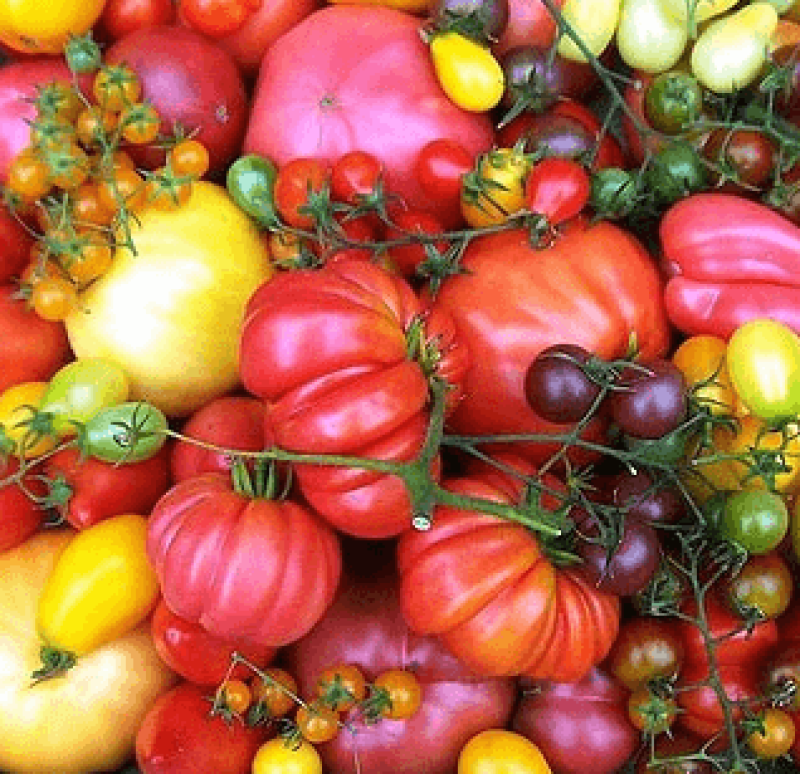The gradual increase in size of tomatoes is in part the result of breeders, ancient and modern, continually selecting and crossbreeding to favour big-fruiting plants.
…
In a paper published in the journal PLOS Genetics, they show that the mutated CSR [cell size regulator gene] results in a shortened variant of the protein produced by the non-domesticated version, and this likely affects cell differentiation and maturation in the fruit-flesh and vascular regions of the plant.
The mutation first appeared in cherry tomatoes, which produce fruits a little larger than wild currant tomatoes. Selection by generations of breeders ensured its effects were perpetuated and extended, leading to big beefsteaks popular with gardeners today.
Van der Knaap says the discovery of the mutated CSR has important economic implications.
Commercial tomato farmers and their wholesale customers prefer large fruits because they are better able to fill the demands of the food processing industry. All too often, however, efforts to create bigger tomatoes result in a blander affect on the palate.
“The knowledge of the gene,” she says, “will now open up avenues of research into how fruit size can be increased further without negatively impacting other important qualities such as disease resistance and flavour.”
The GLP aggregated and excerpted this article to reflect the diversity of news, opinion and analysis. Read full, original post: How the tomato became a heavyweight mutant































